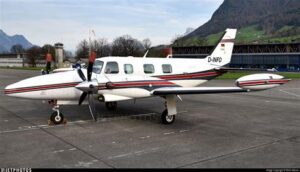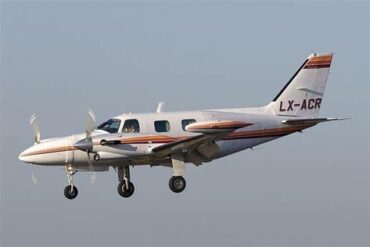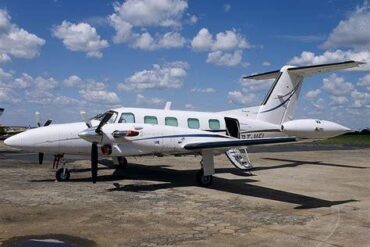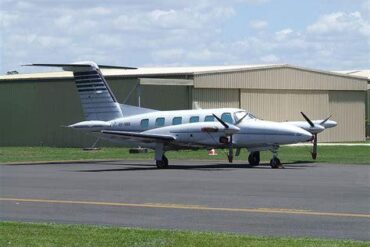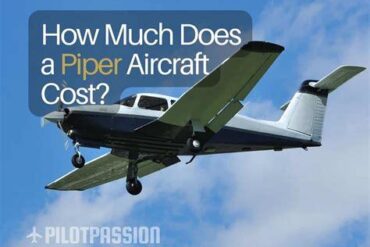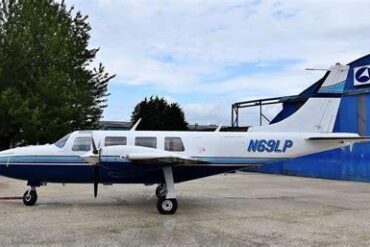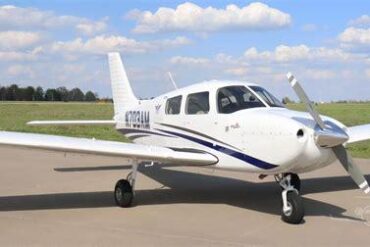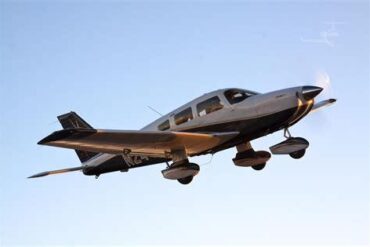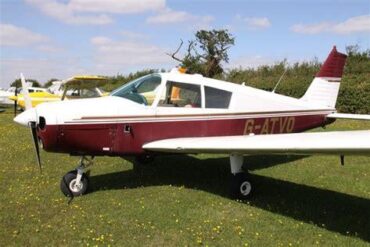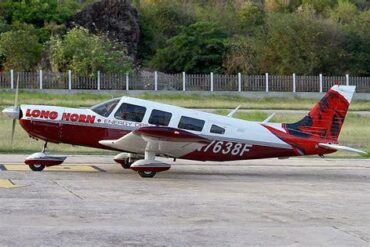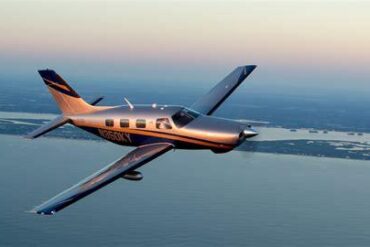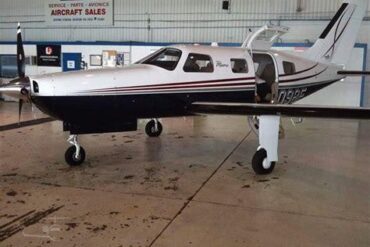The Piper Cheyenne II XL, a twin-engine turboprop aircraft, is renowned for its impressive performance, spacious cabin, and operational efficiency. In this article, we will delve deeply into the price of the Piper Cheyenne II XL and its operating costs, providing potential buyers and operators with comprehensive insights to aid in decision-making.
Overview of the Piper Cheyenne II XL
The Piper Cheyenne II XL is part of the Piper Aircraft lineage, known for its reliability and versatility. This aircraft is designed for both personal and business travel, boasting a maximum cruise speed of approximately 300 knots and a range of over 1,500 nautical miles. With a spacious cabin accommodating up to six passengers, the Cheyenne II XL is perfect for those seeking comfort without compromising performance.
Purchase Price of the Piper Cheyenne II XL
When considering the purchase price, the cost of the Piper Cheyenne II XL typically ranges from $800,000 to $1.5 million. Several factors influence this price range:
-
Aircraft Condition: The overall condition of the aircraft, including maintenance history and airframe hours, plays a significant role in determining its market value.
-
Avionics Upgrades: Modern avionics packages can significantly enhance the aircraft’s value. Aircraft equipped with state-of-the-art navigation and communication systems will command a higher price.
-
Customization Options: Custom interiors, paint jobs, and other modifications may also influence the final sale price.
-
Market Demand: The current market demand for used aircraft can fluctuate, affecting pricing dynamics.
Potential buyers should consult with aviation brokers or assess online marketplaces to gain insights into current listings for the Piper Cheyenne II XL.
Financing Options for Buyers
Financing the purchase of a Piper Cheyenne II XL involves several avenues:
-
Bank Loans: Traditional loans from banks or financial institutions are common. Borrowers typically need to provide a down payment of 10-20% of the aircraft’s purchase price.
-
Aircraft Financing Specialists: Specialized lenders may offer tailored financing solutions, including lower interest rates and longer loan terms.
-
Leasing Options: For those looking to minimize upfront costs, leasing can be an attractive alternative, allowing operators to access the aircraft without full ownership responsibilities.
Operating Costs of the Piper Cheyenne II XL
Understanding the operating costs associated with the Piper Cheyenne II XL is critical for potential owners. These costs can be divided into several categories:
1. Fuel Costs
Fuel consumption is a major operating expense. The Piper Cheyenne II XL typically consumes around 60-80 gallons per hour of jet fuel, depending on various factors such as load, weather conditions, and flight profile. Based on an average fuel price of $5.00 per gallon, operators can expect to spend approximately $300 to $400 per hour on fuel alone.
2. Maintenance Costs
Regular maintenance is essential for safety and performance. The annual maintenance cost for the Piper Cheyenne II XL can range from $30,000 to $50,000. This includes routine inspections, parts replacement, and any necessary repairs. Major maintenance events, such as engine overhauls, can add significant expenses, often exceeding $100,000.
3. Insurance Costs
Insurance is a necessary expense for any aircraft owner. The annual insurance premium for a Piper Cheyenne II XL typically ranges from $10,000 to $20,000, depending on the pilot’s experience, usage of the aircraft, and coverage options selected. Factors such as hull value and liability limits will also influence insurance costs.
4. Hangar Fees
Storing the aircraft at an airport facility incurs additional costs. Hangar fees vary widely based on location and facilities but can range from $500 to $2,000 per month. Seasonal variations in demand for hangar space can also affect pricing.
5. Crew Costs
If hiring a professional crew is necessary, operators must account for salary and benefits. A typical annual salary for a pilot flying a Piper Cheyenne II XL can range from $60,000 to $100,000, depending on experience and the specific operational requirements.
6. Miscellaneous Costs
Other operational costs include landing fees, navigation charges, and other ancillary expenses. These can vary significantly based on the airports serviced and the nature of the flights undertaken. Operators should budget an additional $10,000 to $20,000 annually for these costs.
Total Estimated Operating Costs
When aggregating the above expenses, the total estimated operating costs for the Piper Cheyenne II XL can range from $500,000 to $1 million per year, depending on usage and operational efficiency. Breaking it down:
-
Fuel: Approximately $100,000 – $200,000 (based on 300-500 flight hours annually)
-
Maintenance: $30,000 – $50,000
-
Insurance: $10,000 – $20,000
-
Hangar Fees: $6,000 – $24,000
-
Crew Costs: $60,000 – $100,000
-
Miscellaneous Costs: $10,000 – $20,000
Operational Efficiency of the Piper Cheyenne II XL
The Piper Cheyenne II XL is not just about upfront costs; its operational efficiency makes it a valuable asset. With its twin-turboprop engines, it offers better fuel efficiency compared to many jet aircraft, making it a cost-effective choice for medium-range flights.
Performance Metrics
-
Maximum Range: Over 1,500 nautical miles
-
Cruise Speed: Up to 300 knots
-
Climb Rate: Approximately 2,000 feet per minute
These performance metrics ensure that the Cheyenne II XL can undertake a variety of missions while maintaining low operational costs.
Conclusion
In conclusion, the Piper Cheyenne II XL offers an enticing combination of performance, comfort, and economic feasibility for both private and business aviation. While the purchase price can vary significantly, understanding the operating costs is crucial for long-term ownership considerations. By analyzing the detailed costs outlined above, prospective buyers can make informed decisions, ensuring that their investment in the Piper Cheyenne II XL aligns with their aviation needs and budgetary constraints. Overall, this aircraft stands out as a remarkable choice for those looking to blend luxury with efficiency in the skies.
